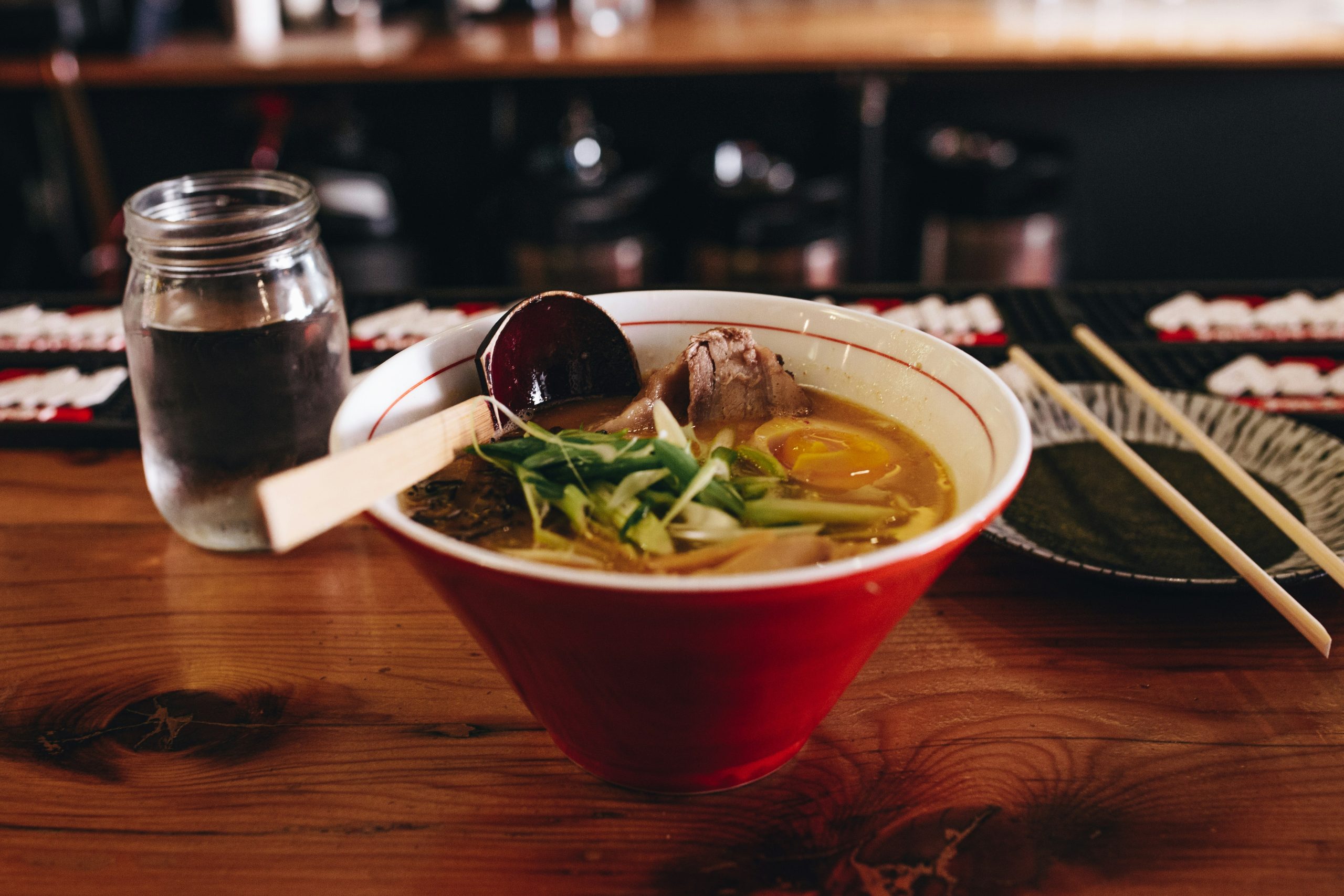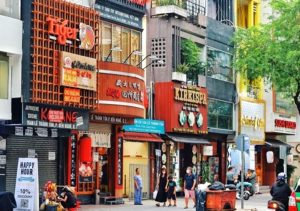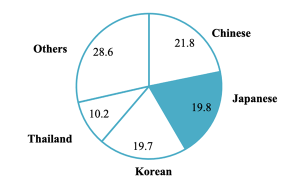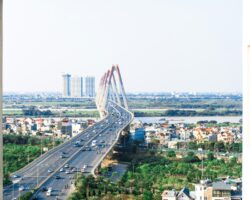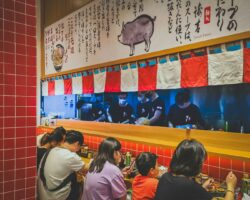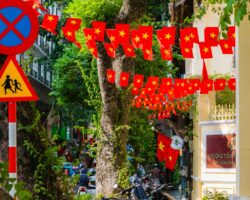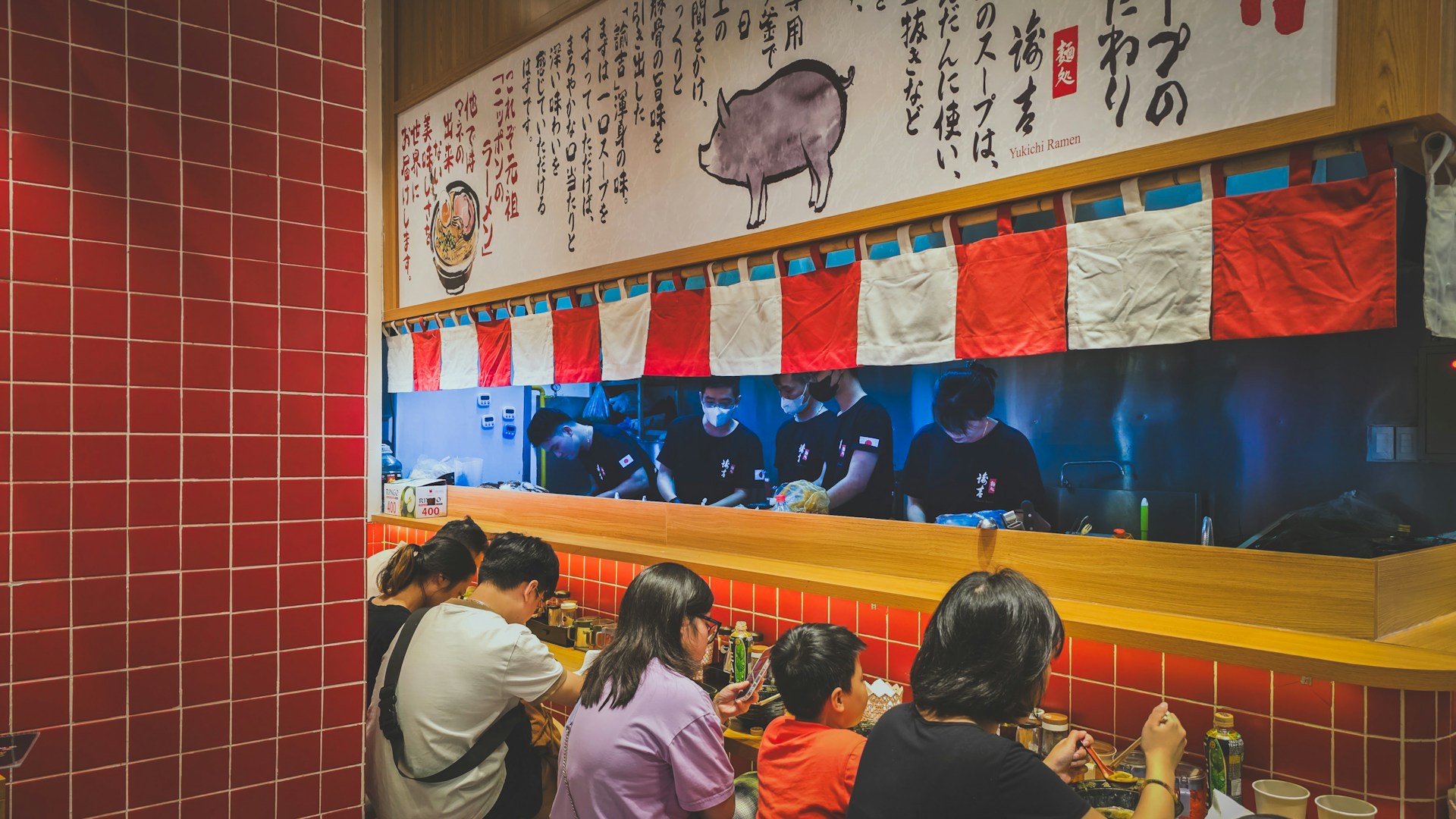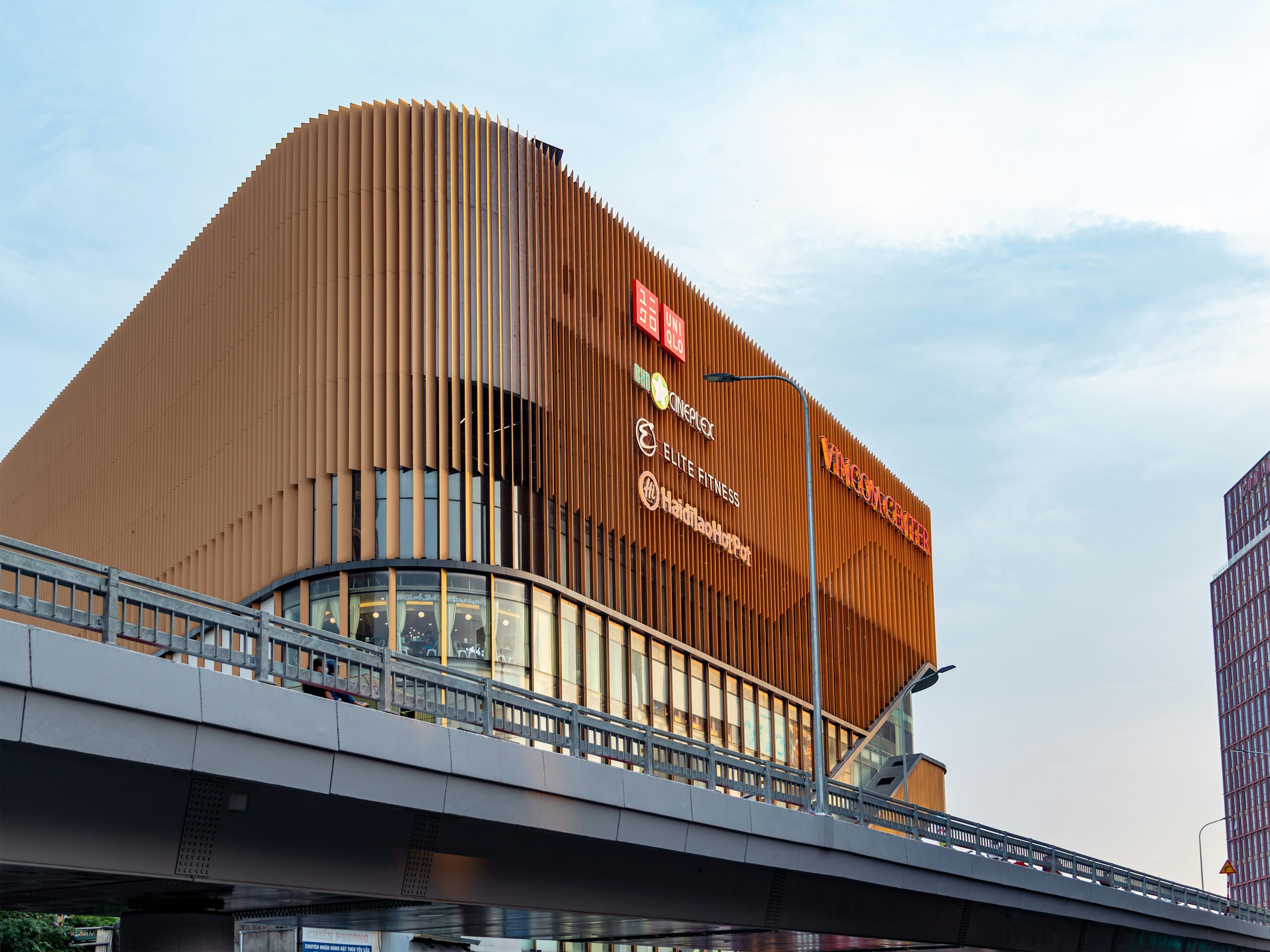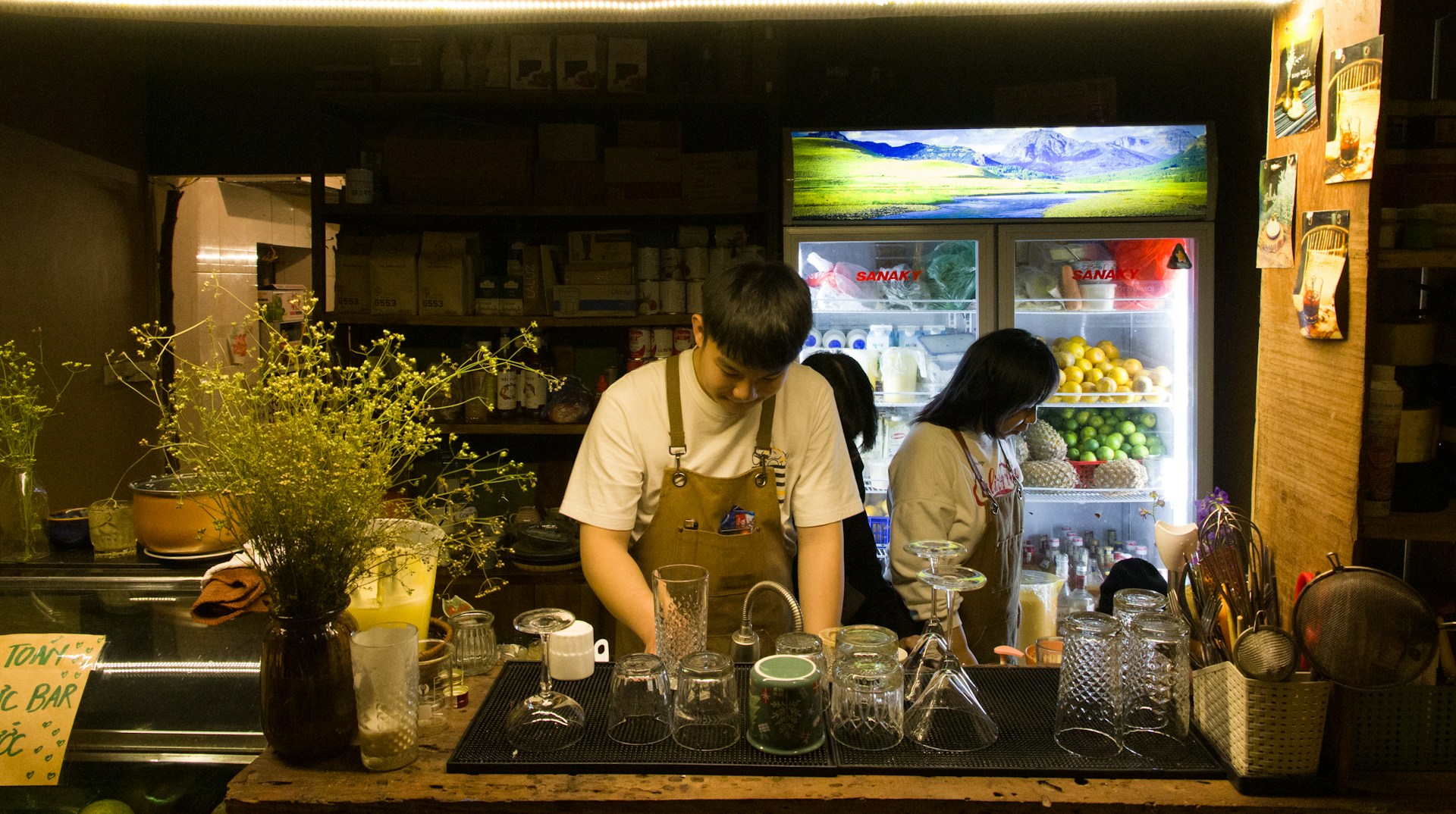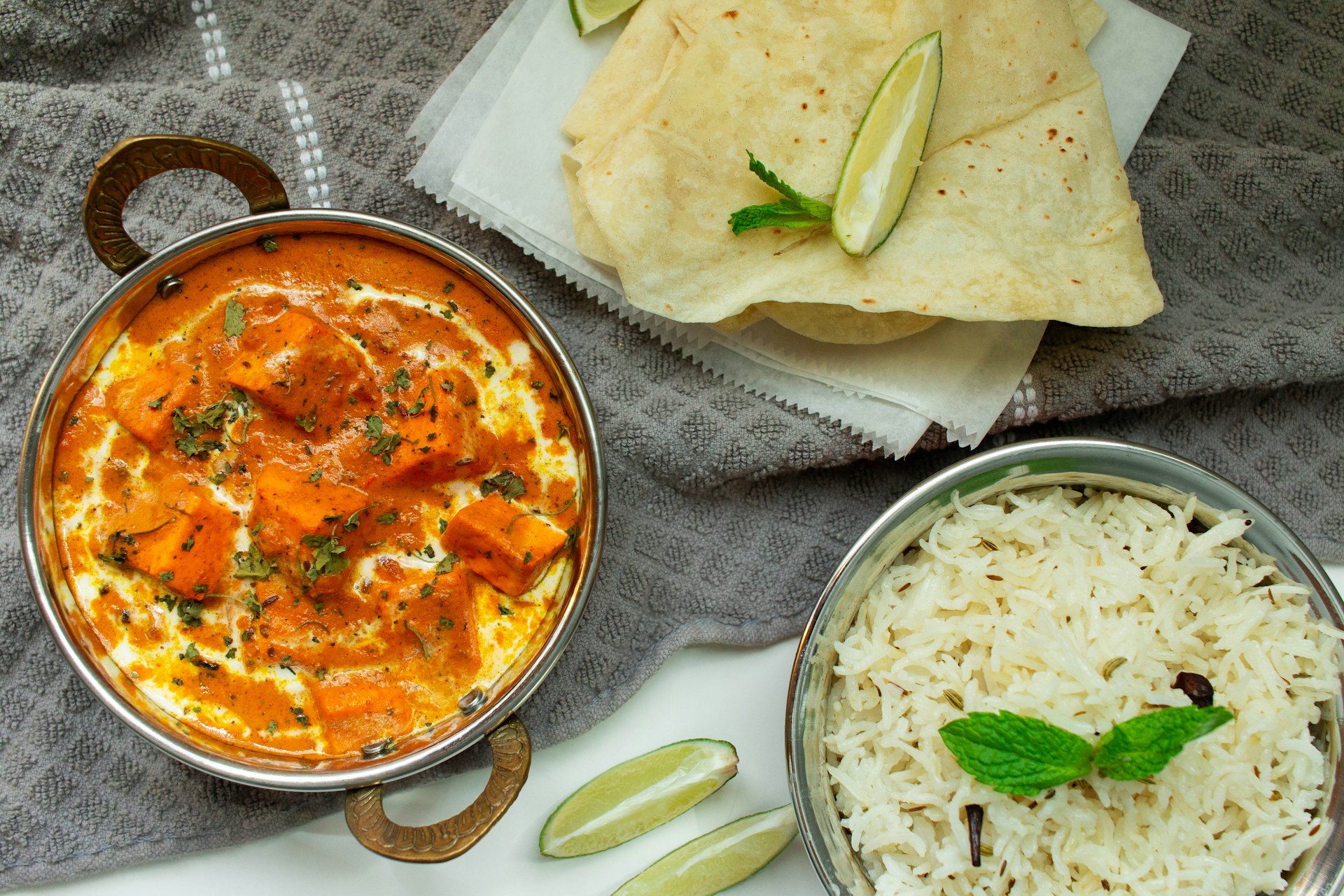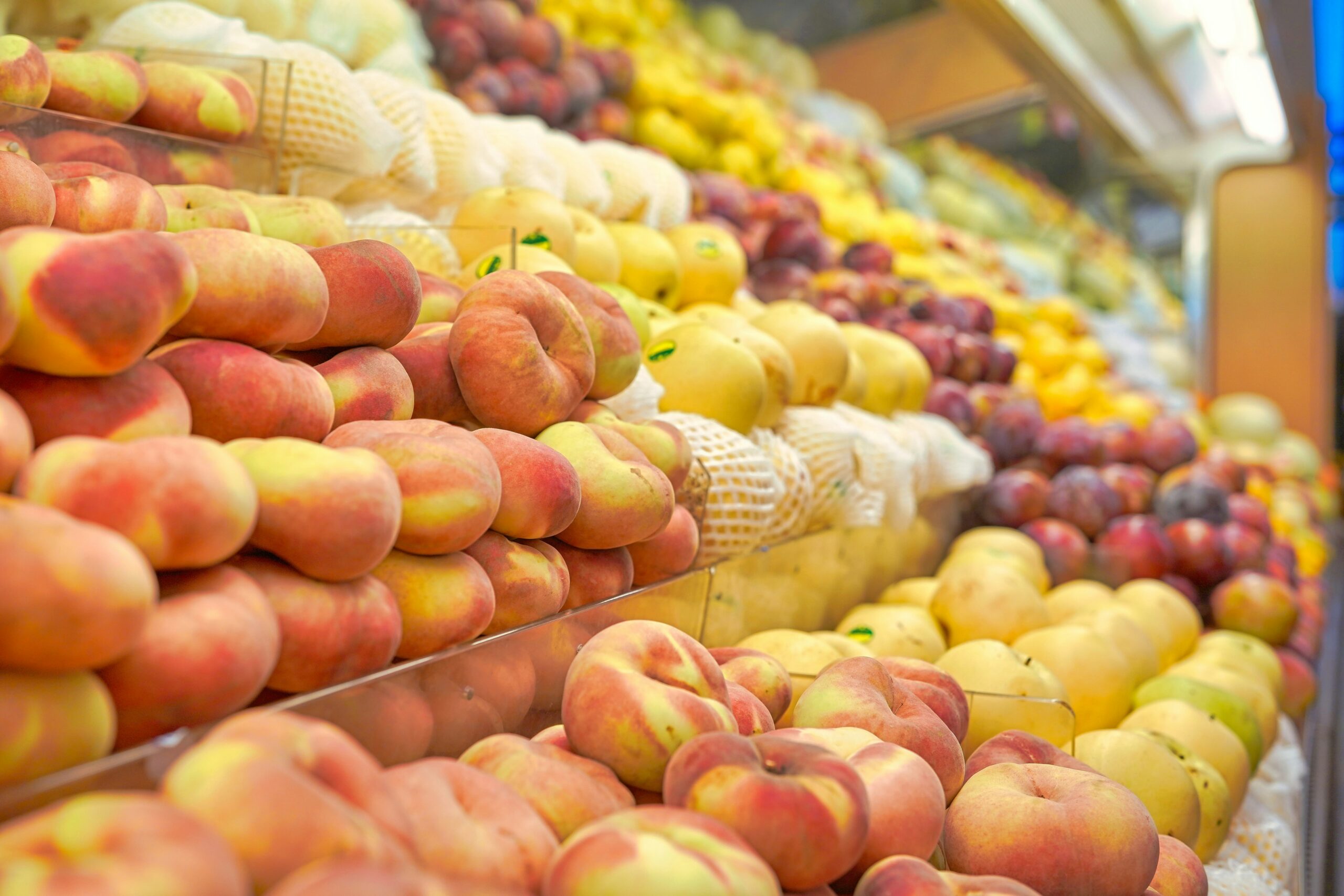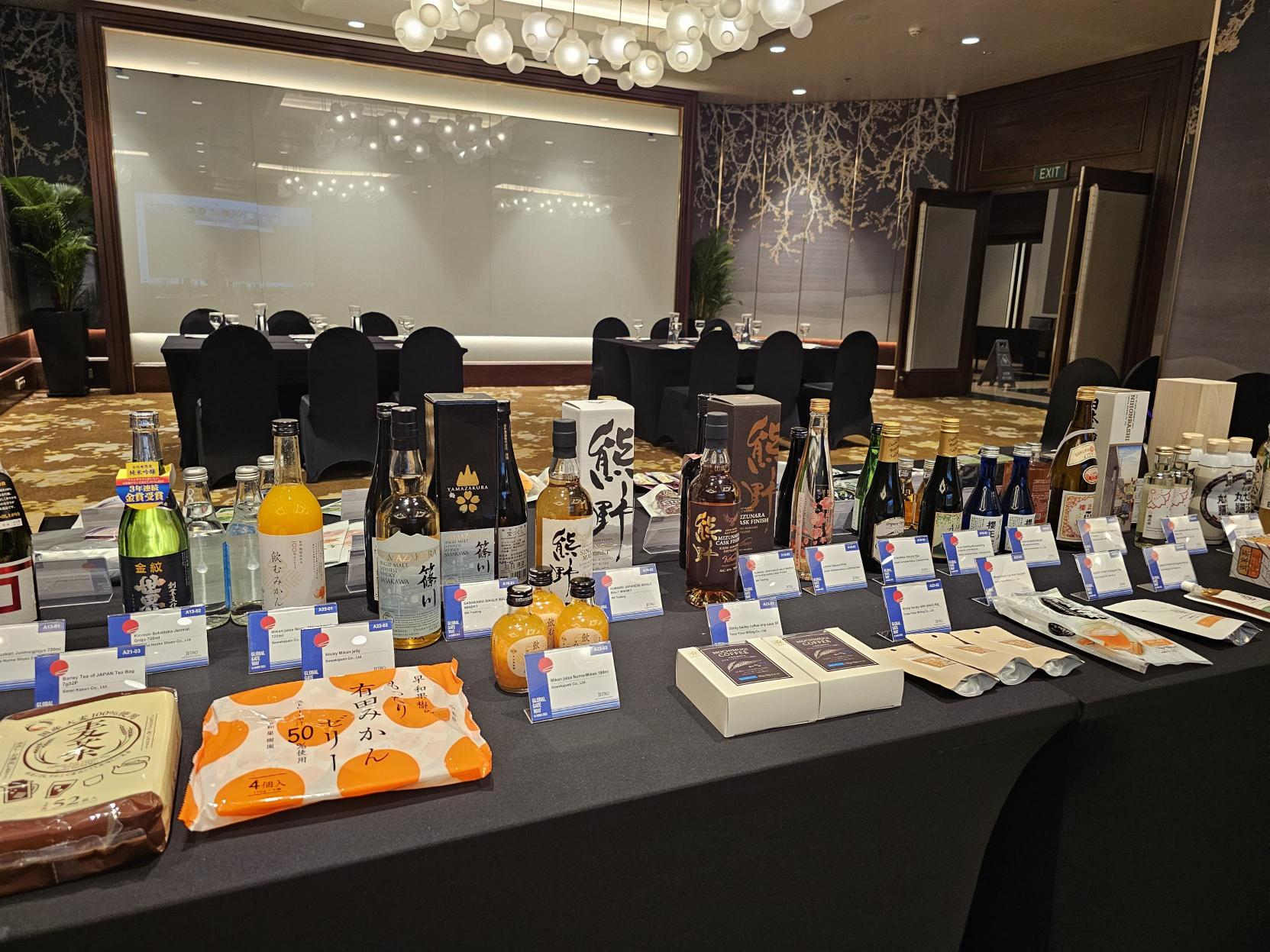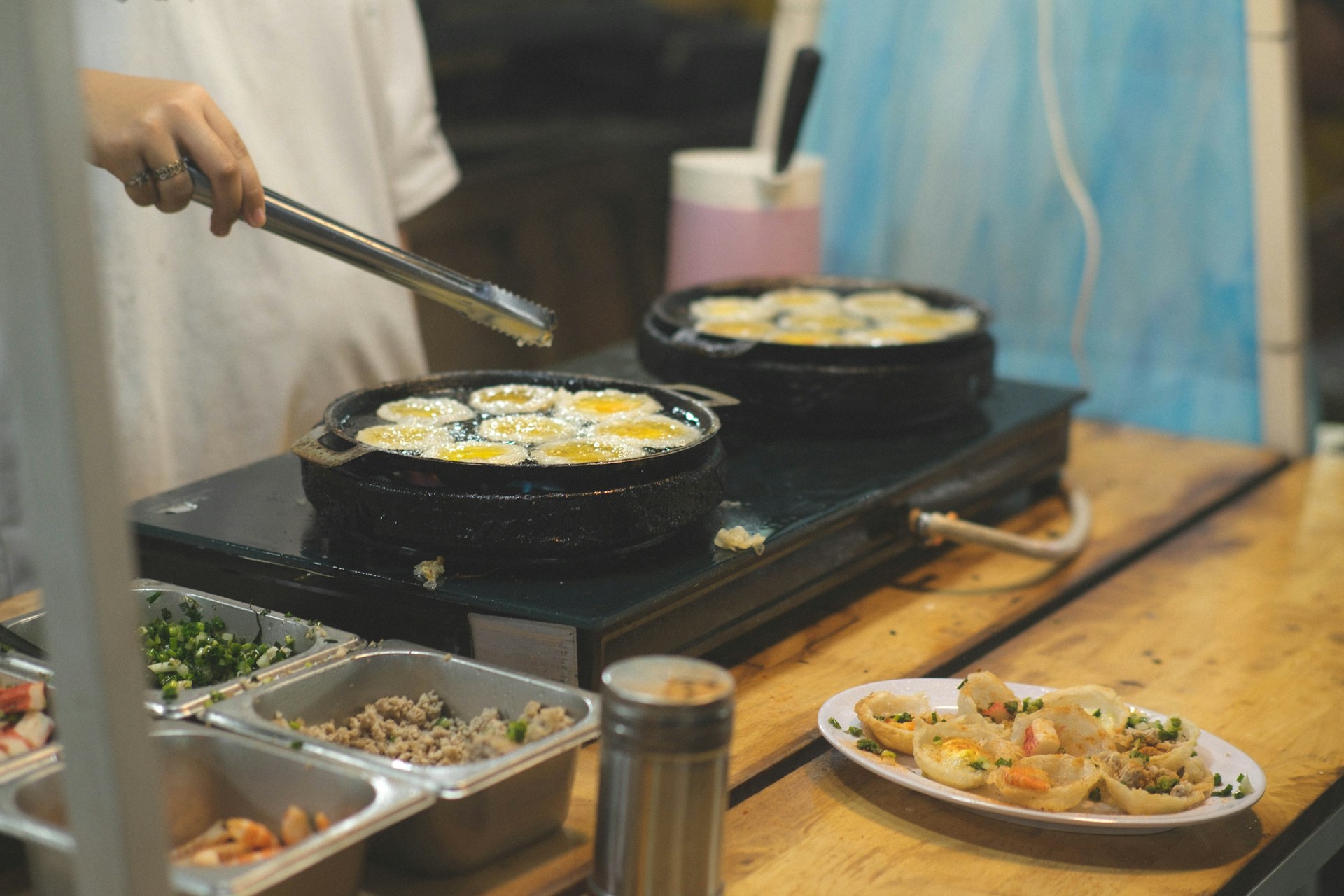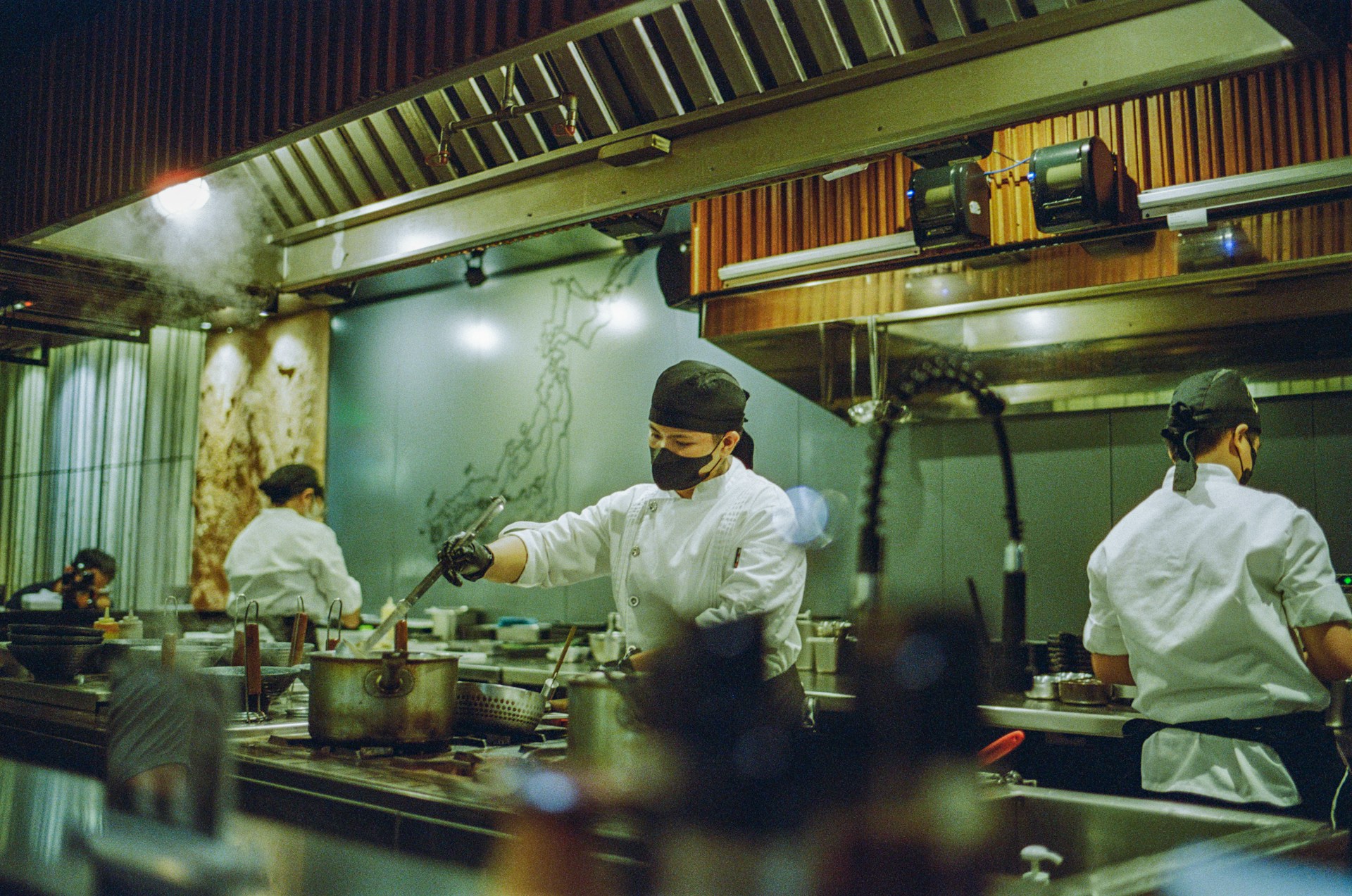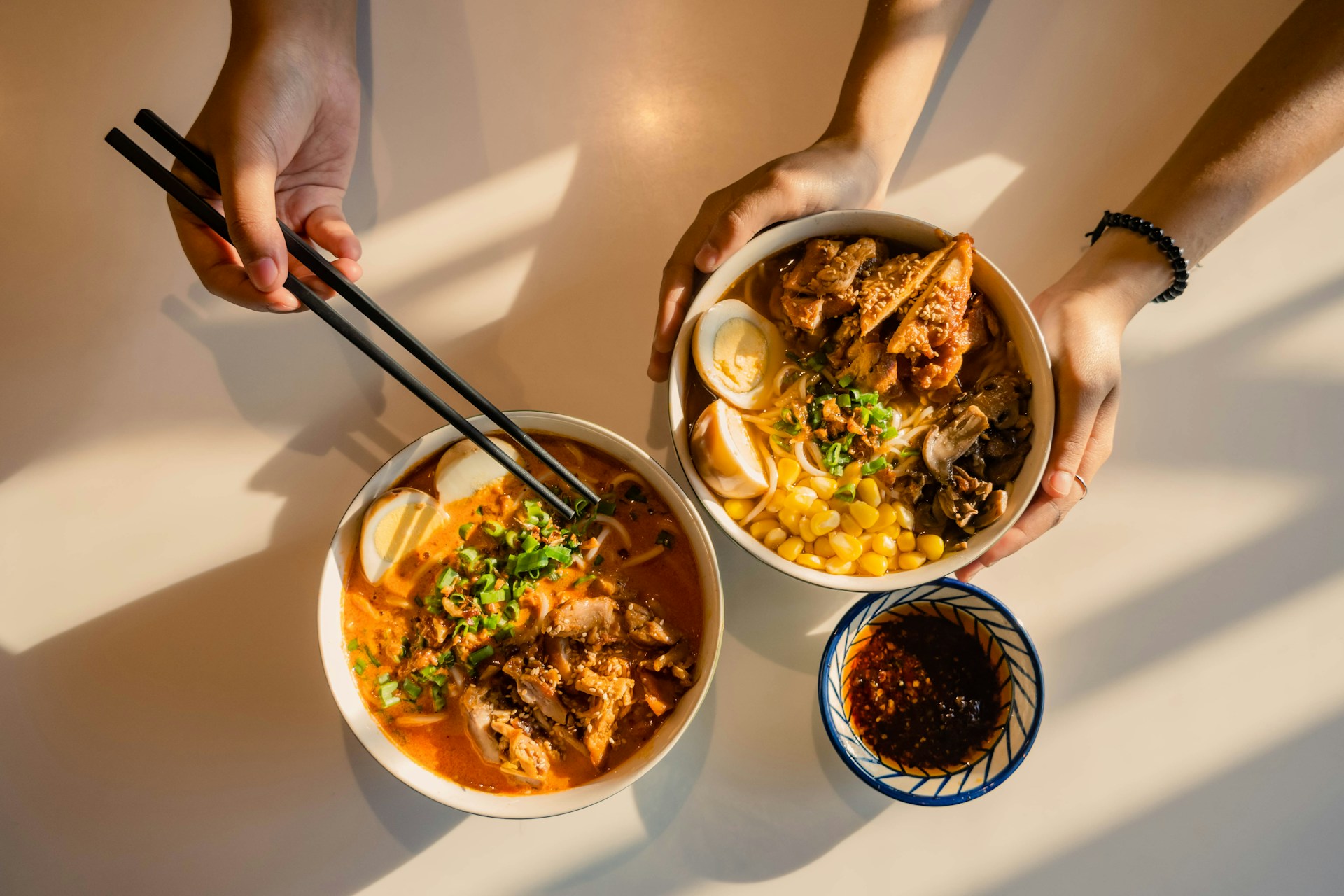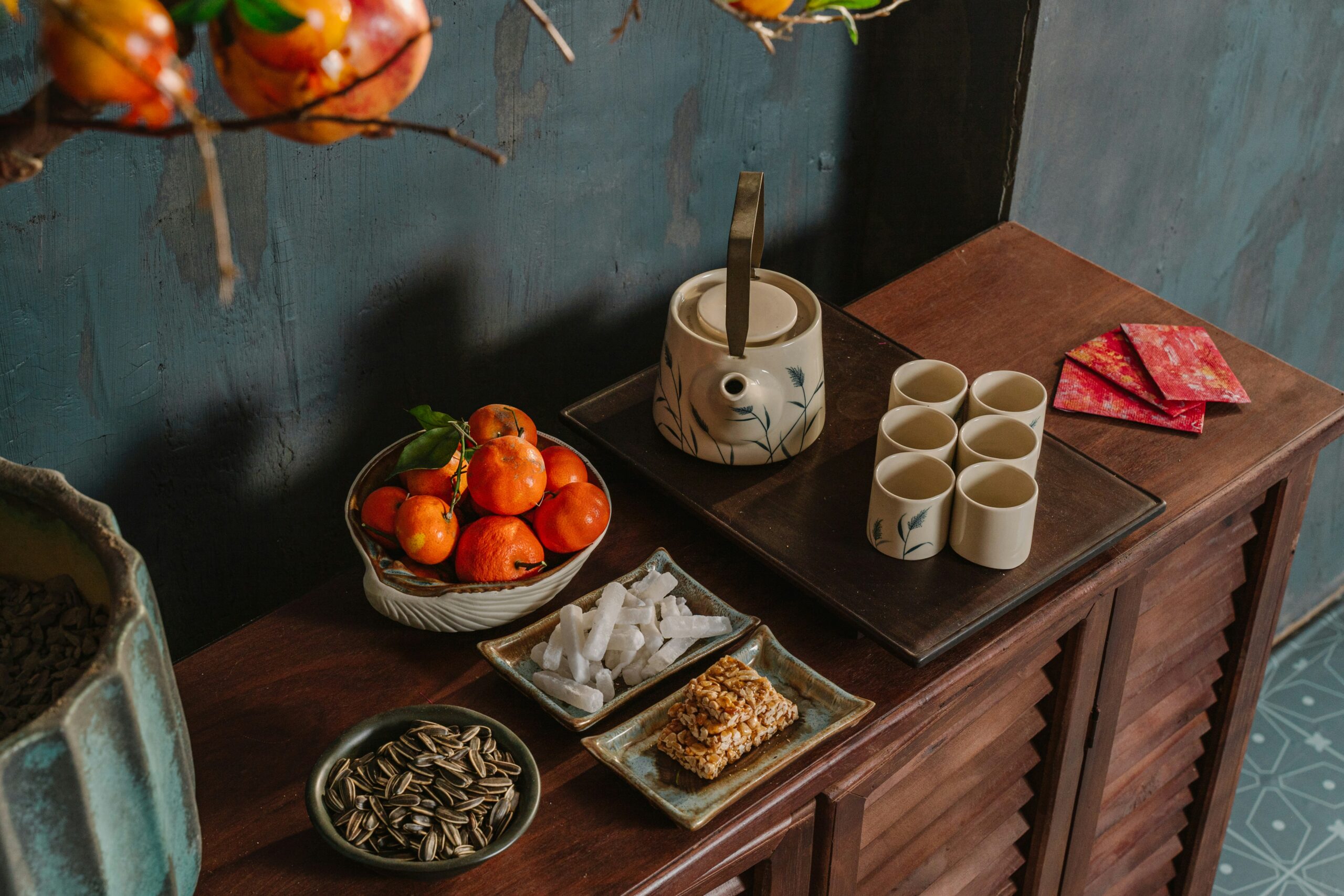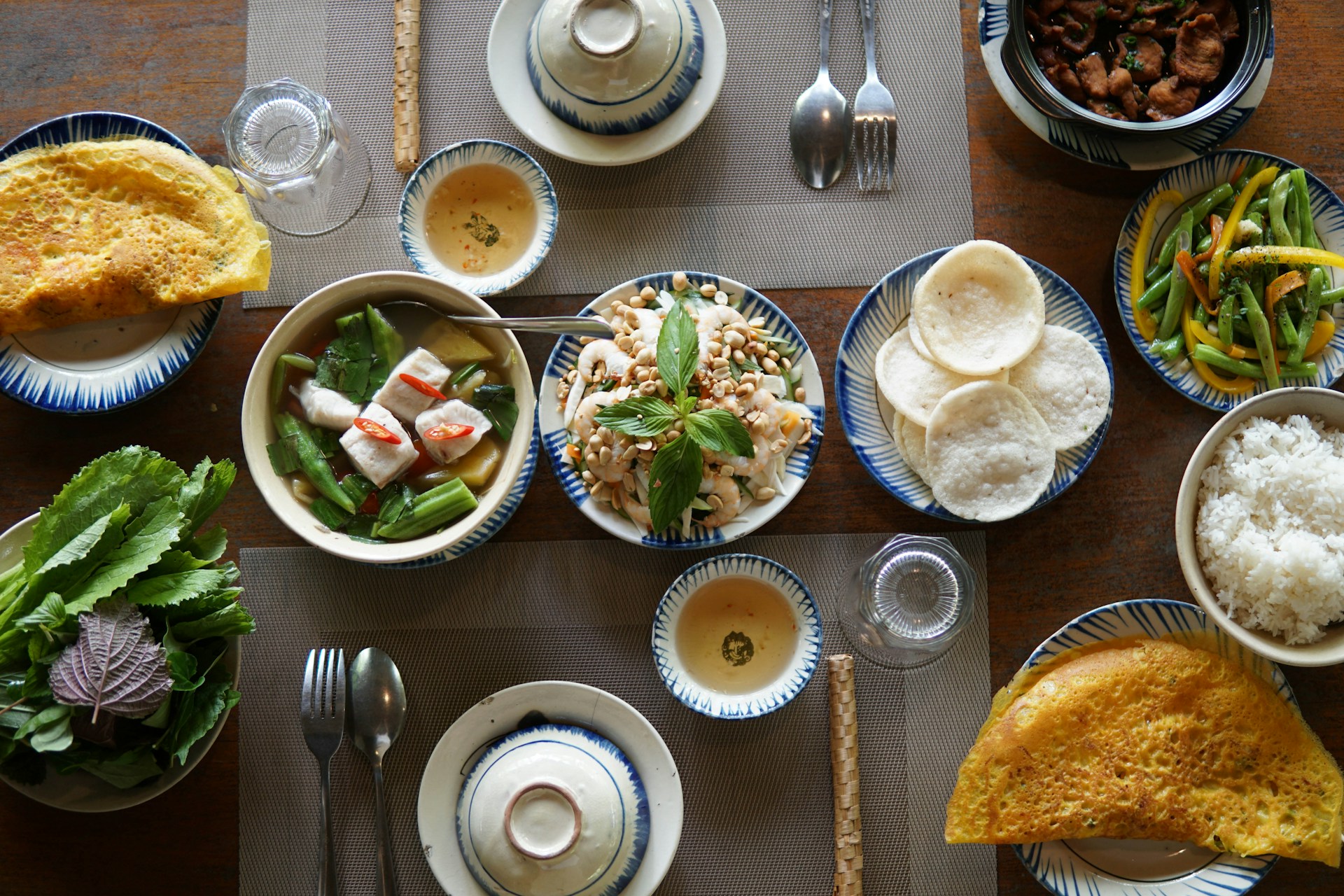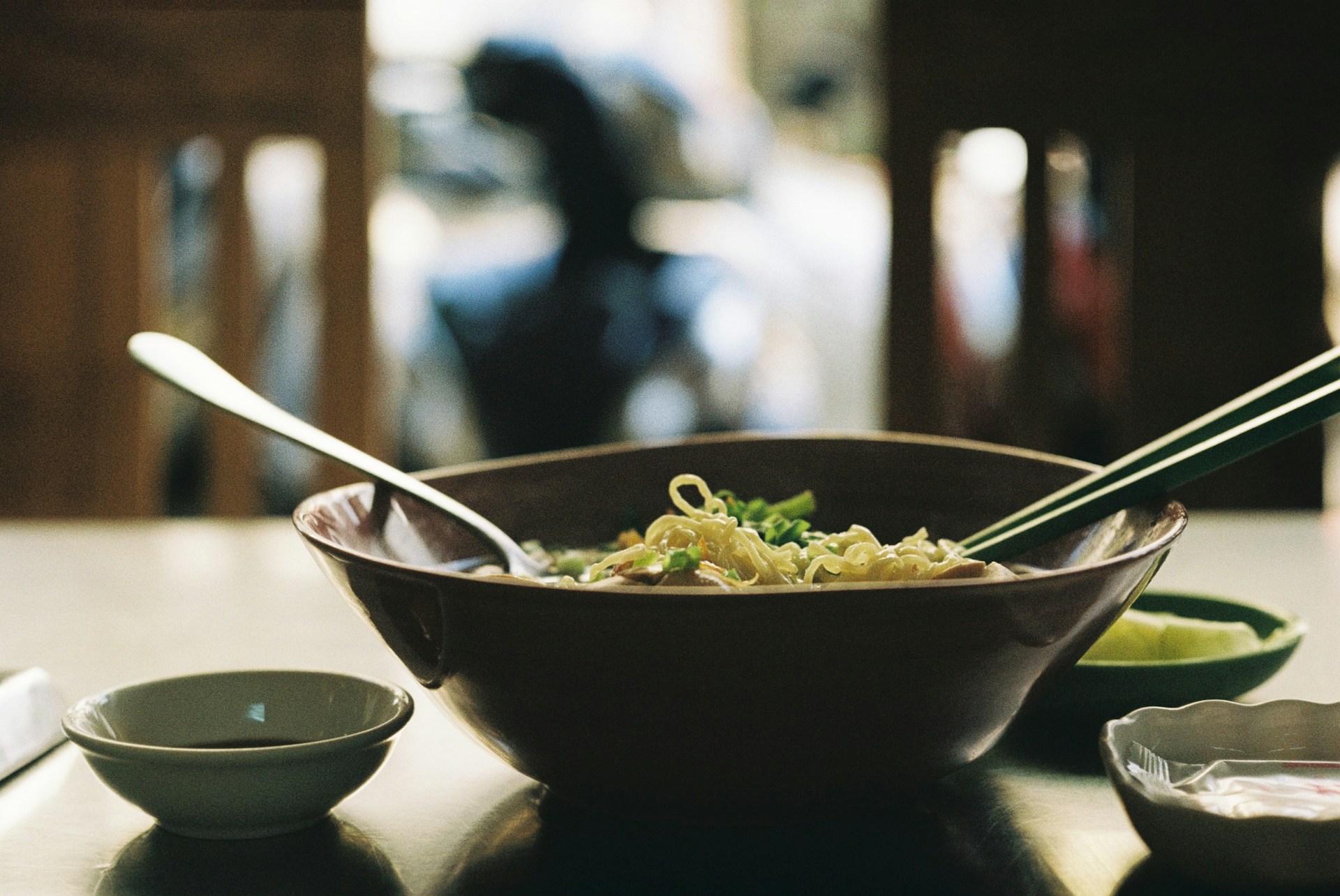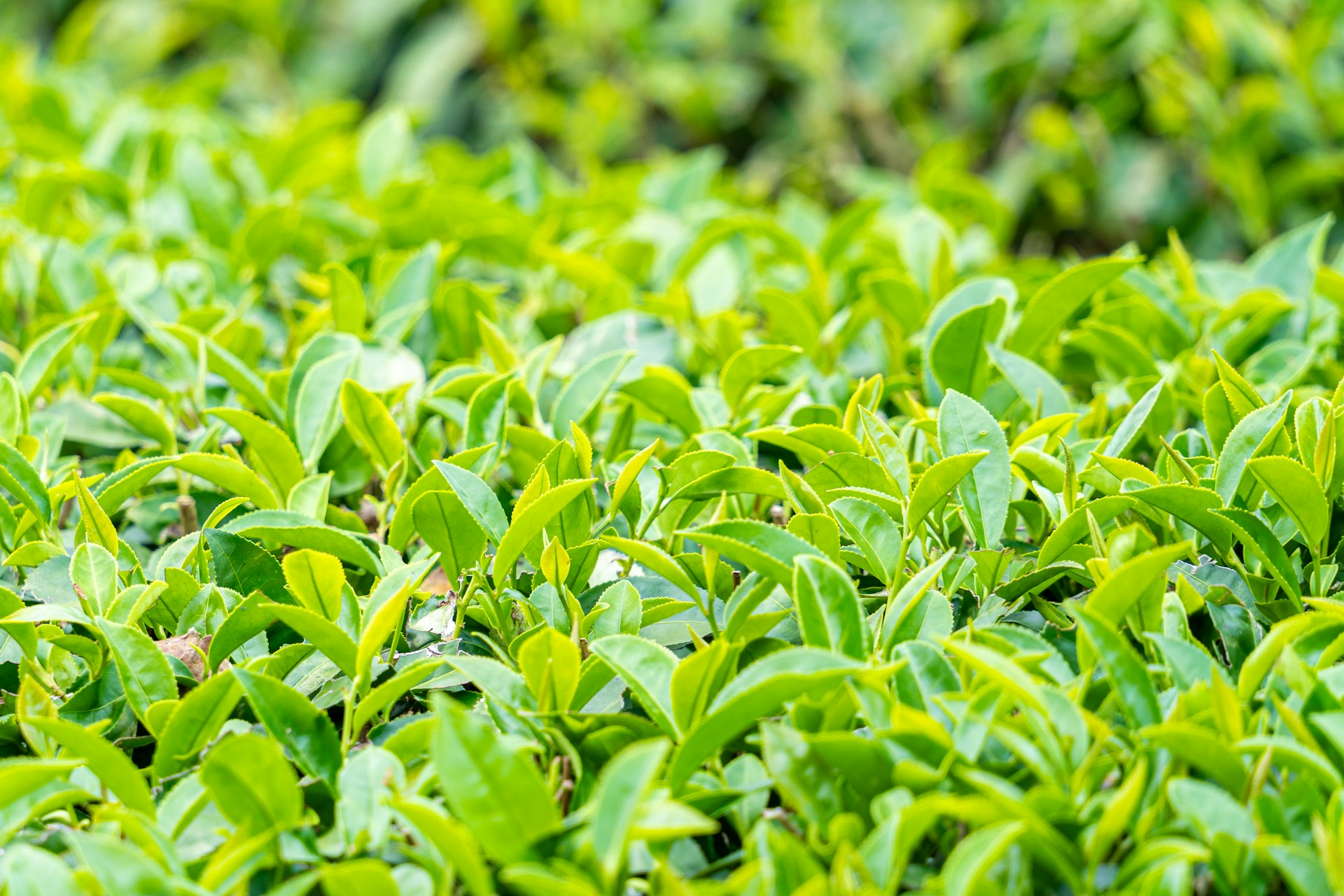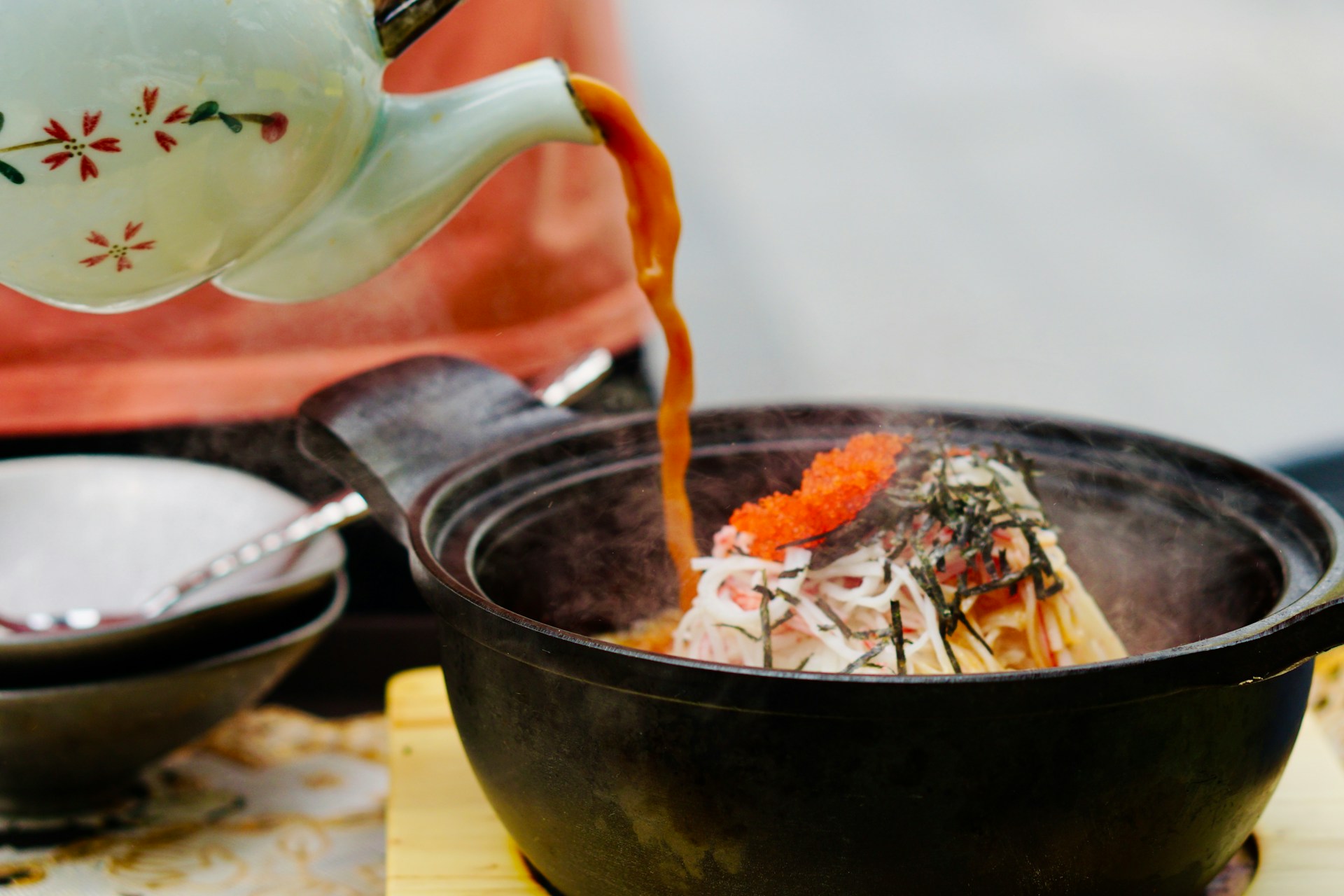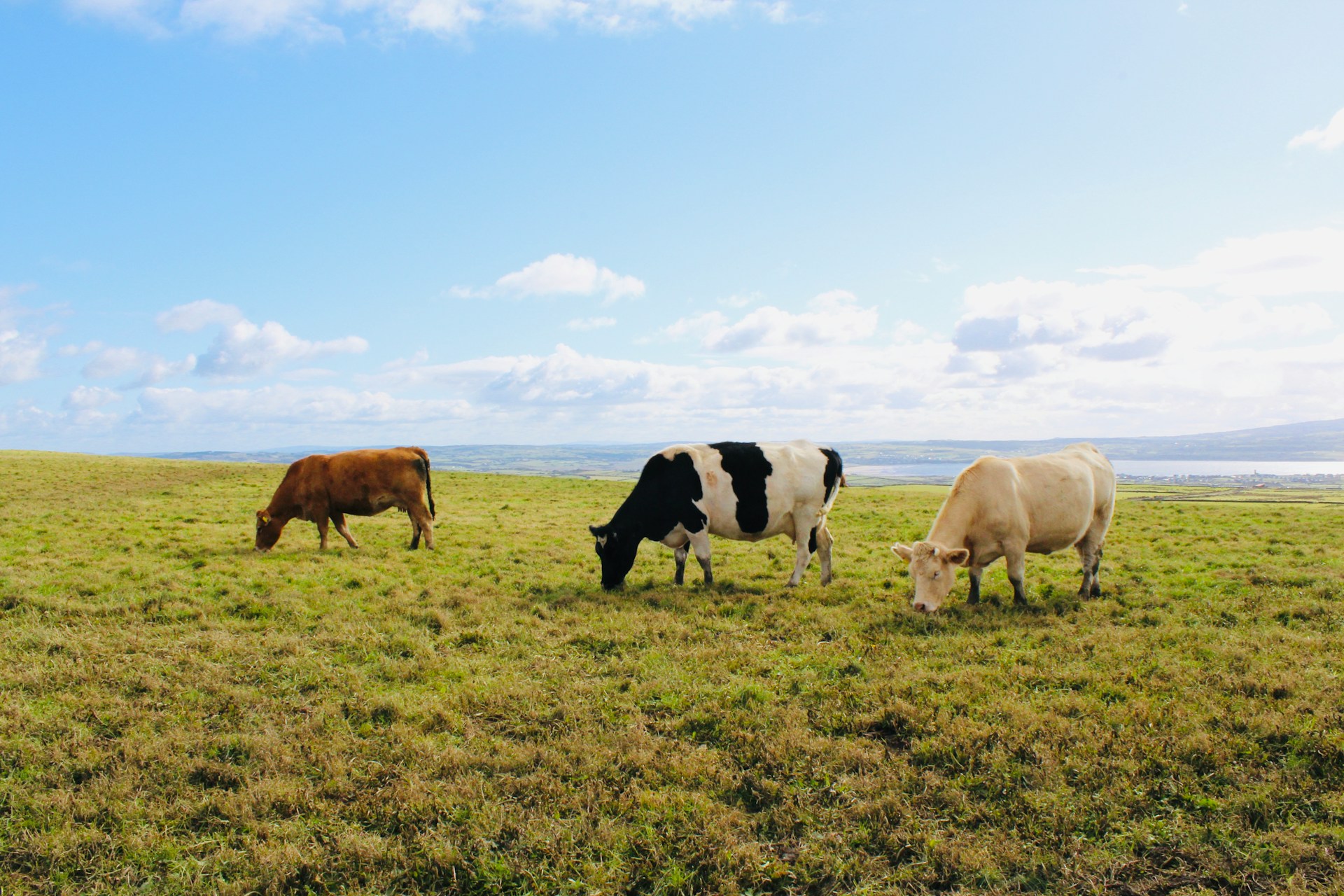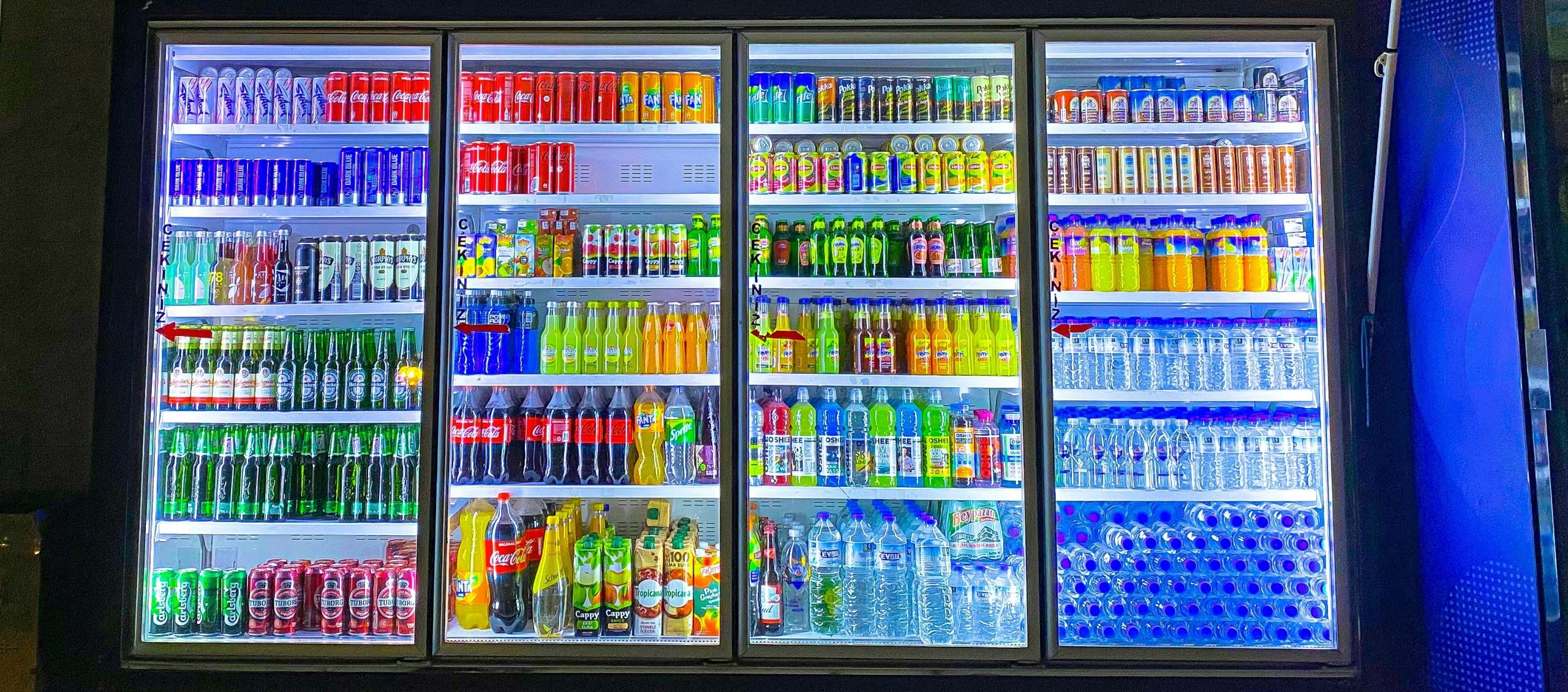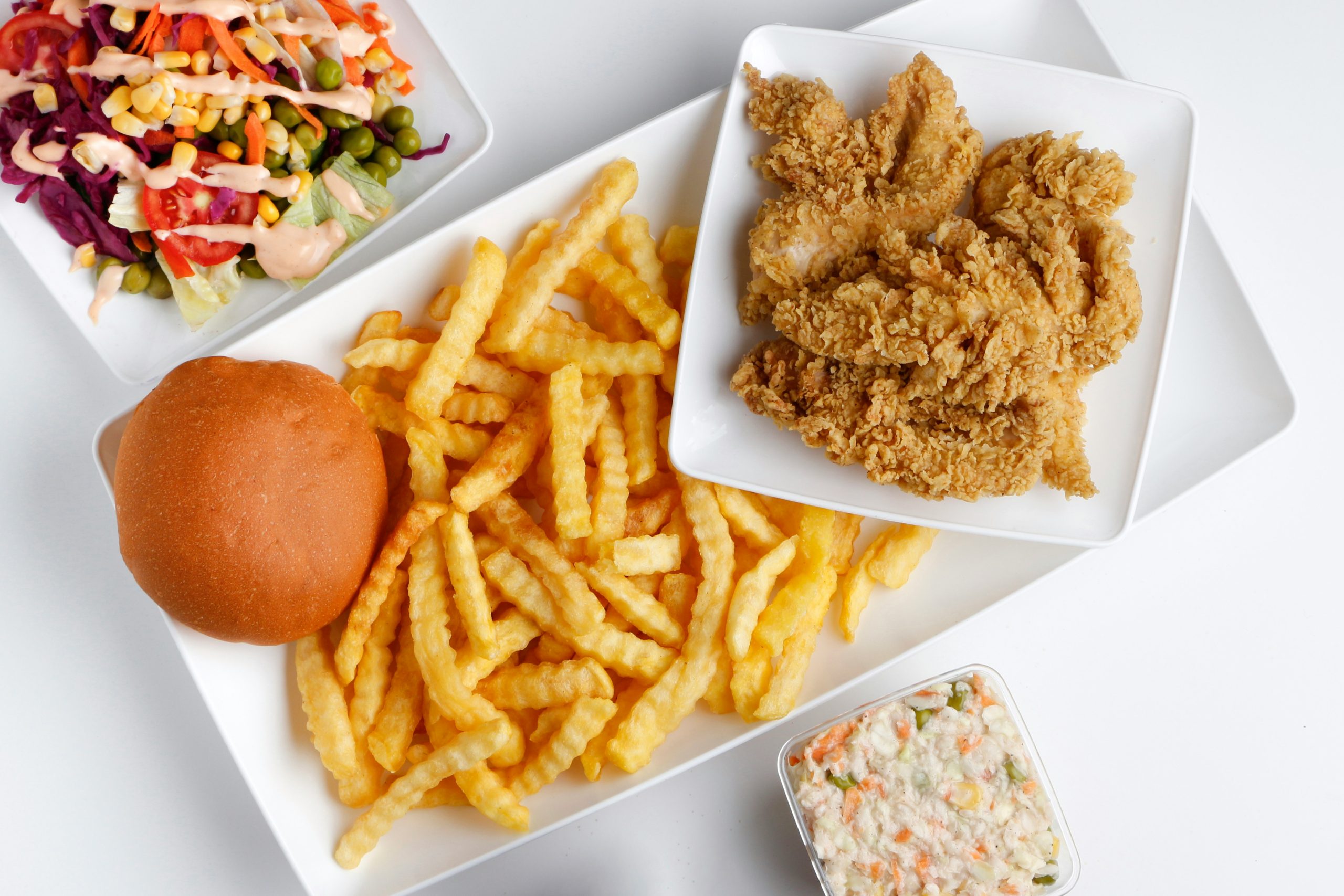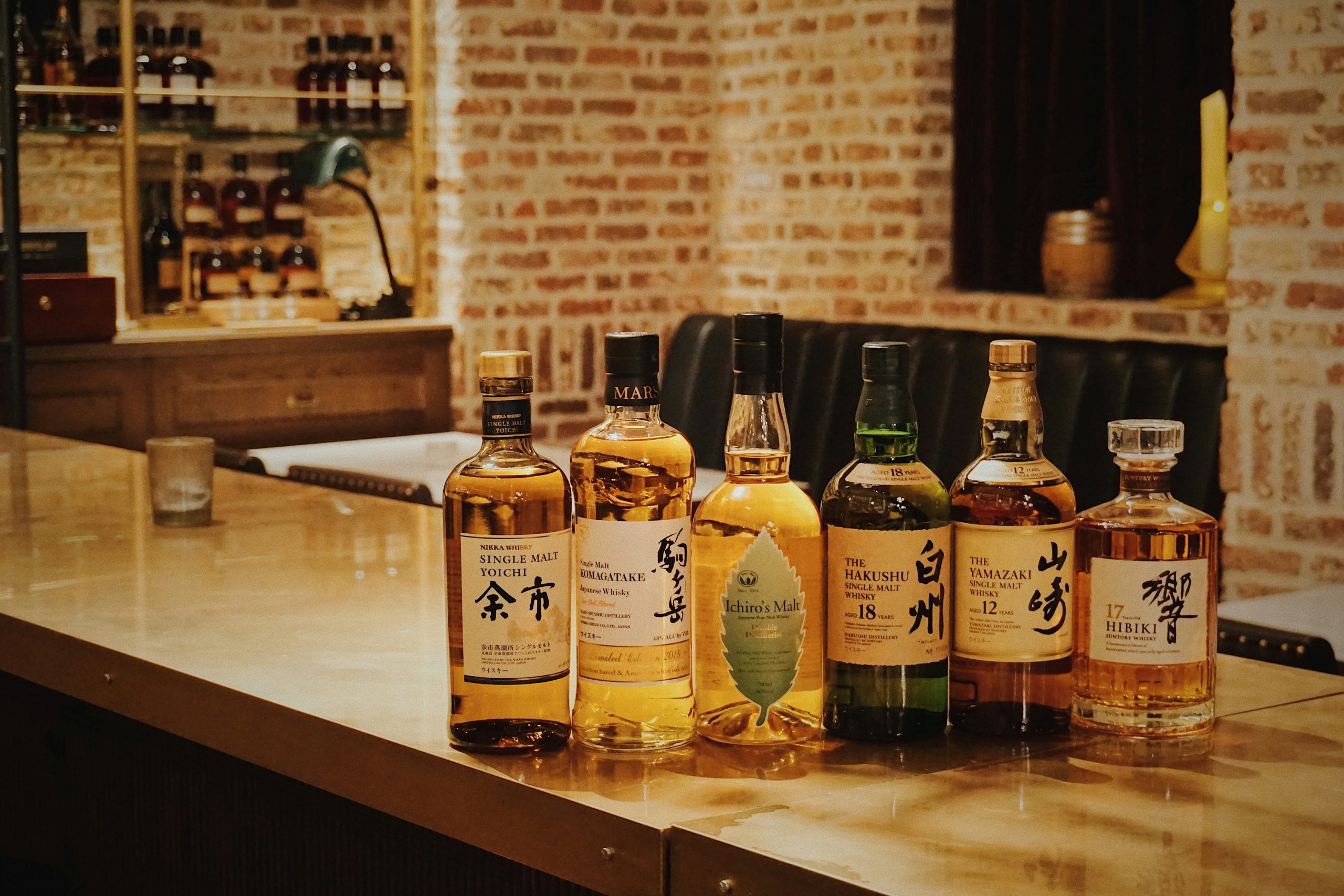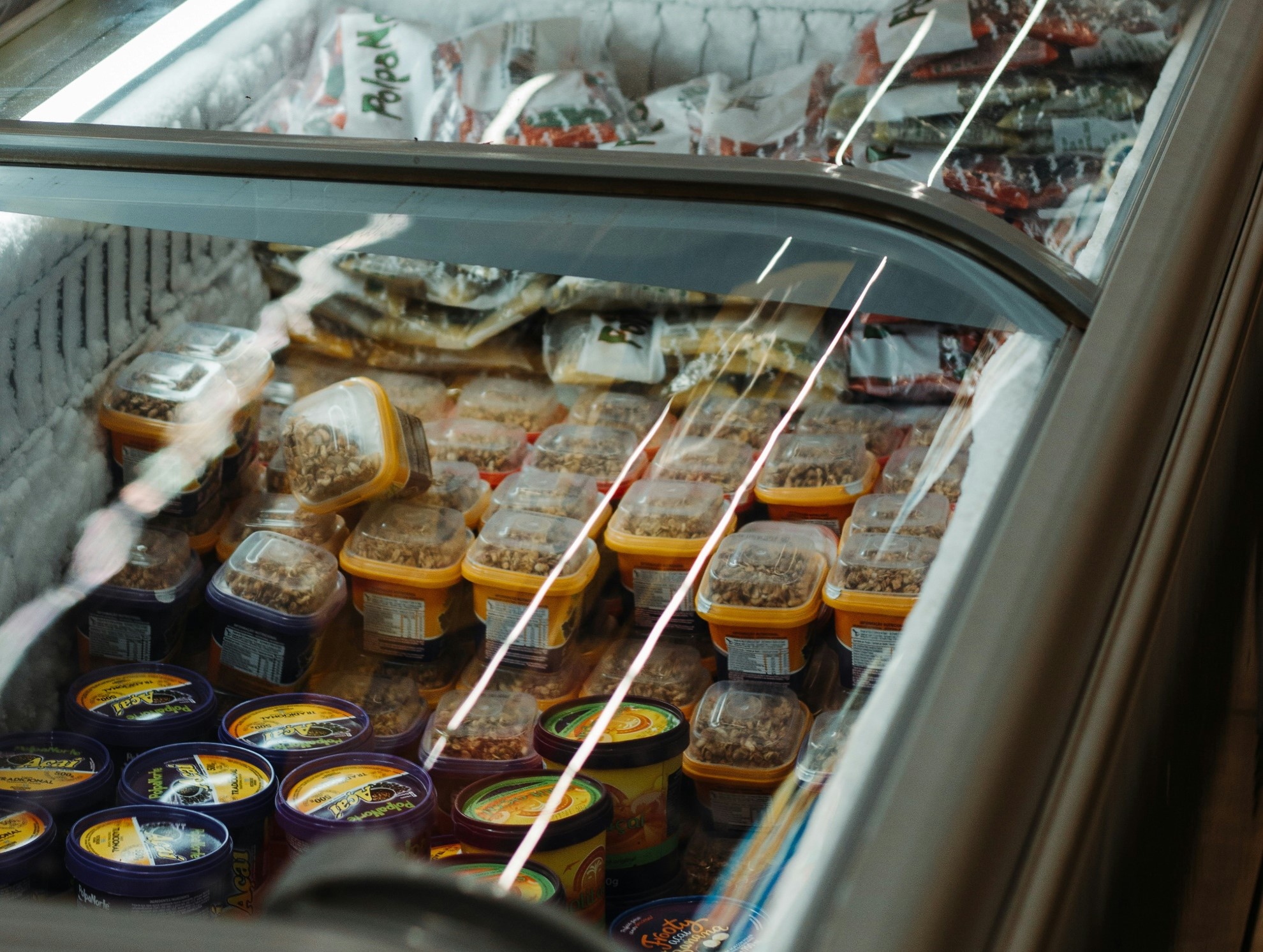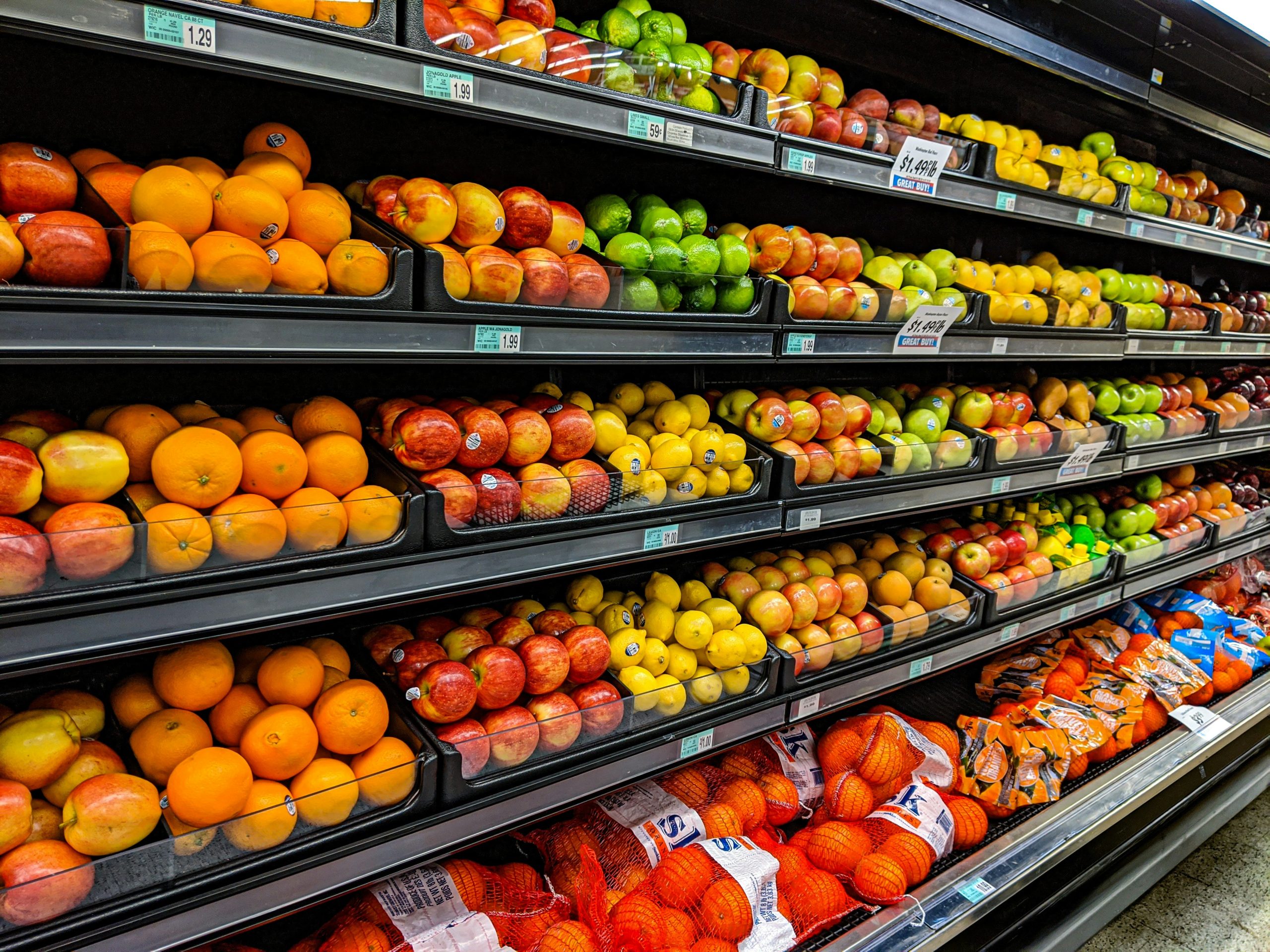최근 몇 년 동안 베트남은 일본 요리의 인기 급등을 경험했으며, 이로 인해 전국적으로 일본 레스토랑이 급증했습니다. 이러한 추세는 베트남 소비자들 사이에서 일본 음식에 대한 인식이 높아졌을 뿐만 아니라 일본 해외 거주자 커뮤니티와 일본 관광이 증가하고 있음을 보여줍니다. 이 기사에서 B&Company는 베트남의 일본 레스토랑의 현재 상황을 살펴보고, 레스토랑의 위치와 제공하는 요리 유형에 초점을 맞춥니다.
지리적 분포
베트남의 일본식 레스토랑은 주로 주요 도시에 집중되어 있으며, 호치민시와 하노이가 선두를 달리고 있습니다. 그러나 다낭, 나트랑, 호이안과 같은 다른 도시에도 일본식 식당이 크게 증가했습니다.
Number of Japanese restaurants in some cities in Vietnam in 2024
단위: 레스토랑
원천: 푸디
호치민시
베트남의 경제 중심지인 호치민시는 944개의 레스토랑으로 전국에서 가장 많은 일본 레스토랑이 모여 있습니다. 이 도시의 1군과 3군은 특히 이러한 시설에서 인기 있는 지역으로, Le Thanh Ton Street(별명 "Little Tokyo")와 Thai Van Lung Street와 같은 지역에는 수많은 일본 음식점이 있습니다. 고급 스시 바부터 캐주얼한 라멘집과 이자카야까지 다양합니다.
레탄통의 '리틀 재팬' - 타이 반 룽 거리
원천: 빈원더스
하노이
수도인 하노이는 일식당 밀도 면에서 호치민시에 이어 472개의 레스토랑이 있습니다. 일식당이 인기 있는 지역에는 외국인 친화적인 타이호 지구와 호안끼엠, 바딘 중심 지구가 있습니다. 이 도시의 일식당은 정통 일식당과 베트남-일식 퓨전 식당이 섞여 있어 전통적인 취향과 퓨전 취향을 모두 충족합니다.
하노이 타이호구의 일본식 레스토랑
원천: 하토야마
다른 도시들
최근 몇 년 동안 다낭과 나트랑과 같은 해안 도시에서는 일본 레스토랑이 늘어났는데, 이는 부분적으로 일본 관광객이 증가했기 때문입니다(2024년 각각 111개와 42개). 이 도시들은 전통적인 일본 요리와 해산물 중심 요리를 혼합하여 현지 해양의 풍요로움을 활용합니다.
레스토랑 유형 및 제공되는 요리
베트남의 일본식 레스토랑은 다양한 취향과 예산에 맞춰 다양한 식사 경험을 제공합니다. 베트남에서 가장 흔한 일본식 레스토랑 유형은 다음과 같습니다.
| 유형 | 설명 | 베트남의 사례 |
| 스시와 사시미 레스토랑 | 신선하고 날생선과 해산물을 제공하는 데 집중하세요. 고급 식당은 종종 정통성과 품질을 위해 일본에서 직접 재료를 수입합니다. | 스시 홋카이도(HCMC에 있는 9개 레스토랑) |
| 라멘 가게 | 홋카이도 스타일의 미소 라멘이나 도쿄 스타일의 쇼유 라멘 등 다양한 지역 스타일의 라멘을 전문으로 합니다. | 무타히로 라멘(호치민시에 있는 1개 레스토랑) |
| 이자카야 | 다양한 작은 요리를 제공하는 캐주얼한 일본식 술집으로, 알코올 음료와 함께 공유합니다. 젊은 직장인과 외국인에게 인기 있습니다. | 로바타 다이닝 안(호치민시 1개 레스토랑) |
| 테판야키 레스토랑 | 고객 앞에서 요리사가 큰 철판 위에서 고기, 해산물, 야채를 요리하는 모습을 통해 상호작용적인 식사 경험을 제공합니다. | Kissho Teppanyaki (다낭의 1개 레스토랑) |
| 야키니쿠 레스토랑 | 손님이 테이블에서 직접 고기를 구워 먹는 일본식 바비큐 레스토랑입니다. | Sumo BBQ (호치민시에 10개 레스토랑, 하노이에 9개 레스토랑, 동나이성/다낭시에 1개 레스토랑) |
| 돈부리와 튀김집 | 다양한 재료를 얹은 덮밥 요리를 전문으로 하거나 바삭한 튀김을 메인으로 제공하는 캐주얼한 음식점. | Tokyo Deli (호치민시에 13개 레스토랑, 하노이에 15개 레스토랑) |
도전과 기회
베트남의 일본식 레스토랑은 국가의 요리계에서 입지를 굳건히 하면서 도전과 기회가 뒤섞인 풍경을 헤쳐 나갑니다. 도전적인 측면에서, 많은 고급 식당은 요리의 품질과 진정성을 유지하기 위해 일본에서 정통 재료를 수입해야 하는 비용이 많이 들고 물류적으로 복잡한 과제에 직면합니다. 그러나 진정성에 대한 이러한 헌신은 현지 취향에 대한 적응과 균형을 이루어야 하며, 요리사와 레스토랑 주인에게 섬세한 줄타기 걷기를 만들어냅니다.
게다가 일본 레스토랑은 서로 경쟁해야 할 뿐만 아니라 한국, 인도, 유럽 레스토랑과 같은 점점 더 늘어나는 다른 외국 요리와도 경쟁해야 하는데, 이들 역시 베트남의 점점 더 세계화되는 식당 손님들의 관심을 끌기 위해 경쟁하고 있습니다. 예를 들어, 호치민시에서 중국 레스토랑이 현재 가장 많은 수를 차지하고 있으며, 일본과 한국 레스토랑은 아시아 레스토랑의 총 수 중에서 거의 비슷한 수를 차지하고 있는 것으로 보입니다.
2024년 호치민시의 아시아 레스토랑 비율
100% = 4,767개 레스토랑
원천: 푸디
이러한 장애물에도 불구하고, 이 부문은 베트남 소비자들 사이에서 일본 요리에 대한 인식이 높아지고, 일본 관광과 해외 거주자 커뮤니티가 증가하고, 도시 지역에서 가처분 소득이 증가하여 외식이 더 잦아짐에 따라 상당한 기회를 누리고 있습니다. 이러한 요소들이 결합되어 창의적이고 잘 관리되는 일본 레스토랑이 번창할 수 있는 역동적인 시장을 만들어내고, 잠재적으로 주요 도시 센터를 넘어 베트남 전역의 작은 도시와 마을로 확장될 수 있습니다.
결론
베트남의 일본 레스토랑 풍경은 다양하고 역동적이며, 이는 베트남이 일본 요리에 대한 인식이 커지고 있음을 반영합니다. 호치민시의 고급 스시 바에서 하노이의 캐주얼 라멘 가게, 해안 도시의 퓨전 카페에 이르기까지 일본식 식당은 베트남 요리계의 필수적인 부분이 되었습니다. 시장이 계속 진화함에 따라 일본-베트남 퓨전 요리의 혁신과 전국의 작은 도시와 마을로의 일본 레스토랑 확장을 기대할 수 있습니다.
| 주식회사 비앤컴퍼니
2008년부터 베트남에서 시장 조사를 전문으로 하는 최초의 일본 기업입니다. 업계 보고서, 업계 인터뷰, 소비자 설문 조사, 비즈니스 매칭을 포함한 광범위한 서비스를 제공합니다. 또한, 최근 베트남에서 900,000개 이상의 기업에 대한 데이터베이스를 개발하여 파트너를 검색하고 시장을 분석하는 데 사용할 수 있습니다. 문의사항이 있으시면 언제든지 문의해주세요. info@b-company.jp + (84) 28 3910 3913 |
